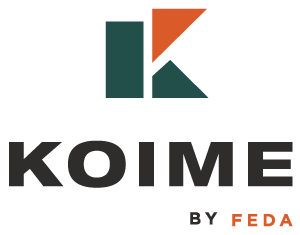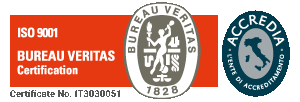Manual Handling of Loads (MMC) is one of the most common activities in professional settings.
What does MMC mean?
MMC (short for Manual Handling of Loads) includes any action of lifting, moving, pushing, pulling a heavy animate (person, animal) or inanimate (object) load .
More than 30% of workers in Europe are engaged in handling activities. Forty percent of men are employed in construction, building sites, and road maintenance; 20 percent of women are in health care and patient handling.
What are the regulations for Manual Handling of Loads?
Legislative Decree 81/08, Consolidated Occupational Health and Safety Act, in Title VI provides a special section on the subject. Art. 167 makes explicit the fields of application; art. 168 the obligations of the employer; art. 169 refers to Annex XXXIII and then resumes with information, education and training; arts. 170-171 sanctions on the employer and manager for violations of arts. 168/169.
The aforementioned Annex XXXIII, with appropriate reference to ISO 11228 technical standards (parts 1-2-3), clarifies and regulates the reference elements for proper risk assessment.
What problems are caused by Manual Handling of Loads?
Manual handling of loads can cause Musculoskeletal Disorders (MSD) as a result of trauma and injury or from continuous and repeated operations.
The risk factors are many in terms of human, business and social costs. The issue must be addressed in terms of assessment but also in terms of implementation of preventive measures and worker protection. In particular, 4 key aspects of the operational scenario need to be taken into account:
- the load (too heavy, too large, difficult to grasp, unstable or unbalanced, difficult to reach);
- work activity (strenuous tasks, poor posture, repetitive operations);
- the environment (insufficient space, uneven flooring, excessive heat, poor lighting);
- the worker (little experience, age, physical characteristics, previous illnesses).
How much do musculoskeletal disorders affect work?
Musculoskeletal disorders are the most common work-related health problem in Europe. In the European Union, a quarter of workers complain of back pain, and nearly a quarter suffer from muscle aches.
Musculoskeletal disorders are of great concern: they affect the health of individual workers, increase the business and social costs of European companies and countries, disrupt work rhythms, reduce productivity, and can be a cause of sick leave and permanent occupational disability.
What preventive measures are recommended?
The applicable preventive measures are different and have their own hierarchy:
- elimination: assess whether Manual Handling can be avoided, for example by using automatic or mechanical handling equipment such as conveyor belts or forklifts;
- technical measures: if Manual Handling cannot be avoided, consider using supporting devices such as hoists, trolleys and vacuum lifting systems;
- organizational measures: such as job rotation and the introduction of intervals of sufficient duration. These measures should only be evaluated if risks from Manual Handling cannot be eliminated or reduced;
- Information: about the risks and adverse health effects of Manual Handling;
- Exercises: in the use of proper equipment and handling techniques.
To completely nullify the risks due to Manual Handling of Loads, “all manual lifting and/or carrying operations by workers should be replaced by mechanical and automated operations.”
Of course, this condition is not always applicable.
What to do to reduce risks?
Adherence to the criteria for evaluating the risks associated with work activities involving Manual Handling of Loads leads to an understanding of what short-, medium-, or long-term interventions should be implemented based on the estimated degree of risk.
Personal protective equipment and/or collective protective equipment, the proper movement of the body during the tasks of performing must be well estimated according to the specific needs.



